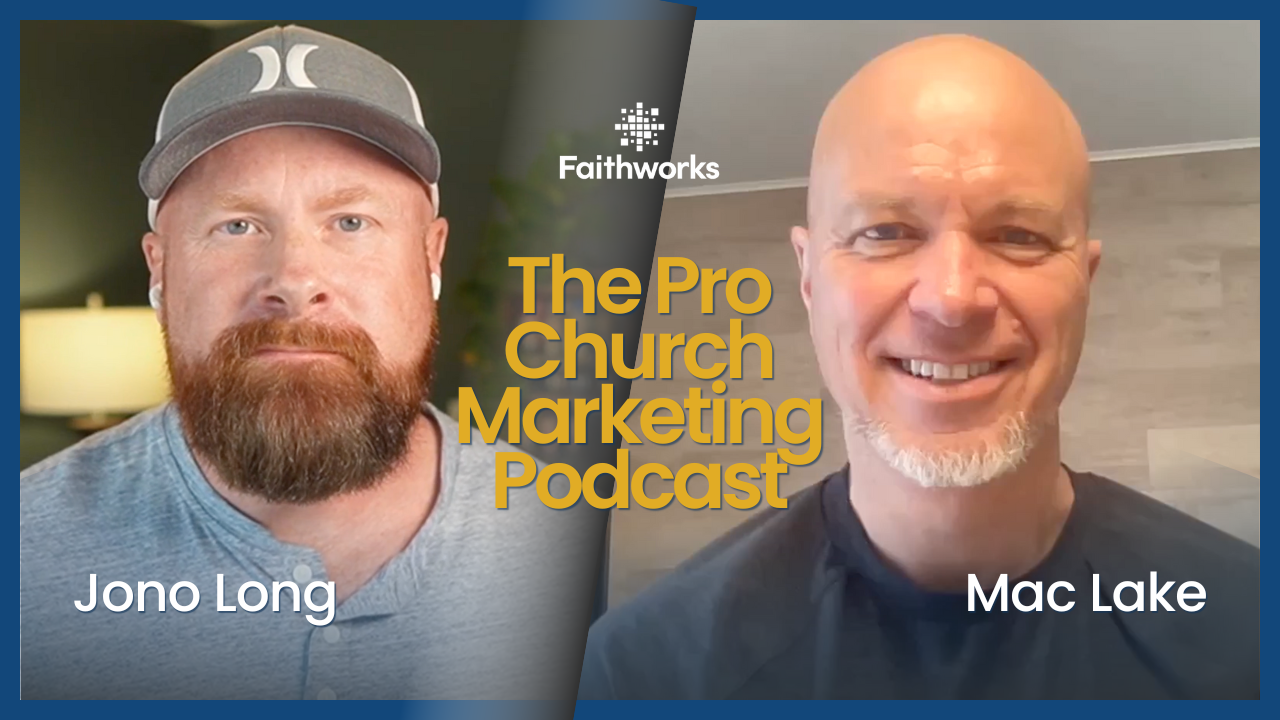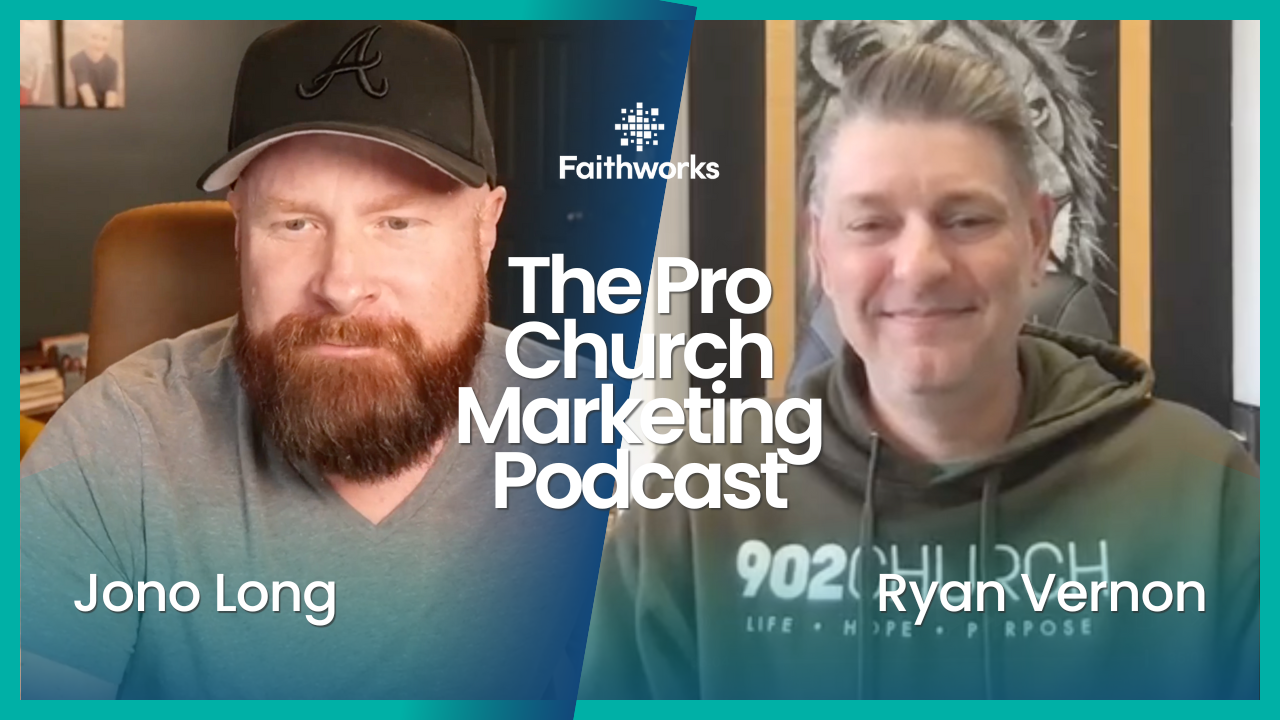Top Essential SEO Tips for Church and Non-Profit Websites
In today's digital landscape, having a strong online presence for your church or non-profit organization is crucial. A key factor in achieving this is search engine optimization (SEO) to improve your website's visibility in search engine results, attract more visitors, and ultimately, bring more people through your front doors. Church and non-profit organizations must employ tailored SEO strategies that consider their unique goals to reach and engage their target audience effectively.
Effective SEO can significantly impact your church or non-profit's ability to reach people searching for information about your organization and its mission. By optimizing your website with the right strategies, you can improve its search engine ranking, making it easier for people to find you online. Developing a content strategy that focuses on intent-driven topics will enable your website to better serve your audience, providing actionable tips, insightful resources, and valuable information that cater to their needs.
In this blog, we will concentrate on essential SEO tips for church and non-profit organizations that can optimize their websites for search engine visibility, maximizing reach based on their specific needs and constraints.
Essential SEO Tips for Church and Non-Profit Websites
Here are some of the SEO tips that can help your organization shine in the crowded digital landscape.
1. Keyword Research and Targeting
The first step in optimizing your website for search engines is to identify and target the appropriate keywords related to your church or non-profit organization. Keywords are the words and phrases people use to search for information online, so it's crucial to use keywords that accurately represent your organization and its mission.
Start by conducting keyword research to discover the search terms used by your target audience to find organizations like yours. Tools such as Google Keyword Planner or Ubersuggest can provide valuable insights into search volume and competitiveness for each keyword.
Consider long-tail keywords; these are longer, more specific phrases that can be less competitive and yield higher conversion rates. For example, instead of targeting a generic term like "non-profit," focus on a more specific term such as "youth mentoring program in [your city]."
Once you've identified the right keywords, incorporate them into your website's content, title tags, meta descriptions, and URLs. However, avoid keyword-stuffing; search engines prefer natural language, and overusing keywords can lead to a penalty for spammy content.
2. User Experience and Site Speed Optimization
User experience (UX) is an essential aspect of SEO, as search engines prioritize websites that offer a pleasant and seamless browsing experience. Part of optimizing UX involves improving your website's loading speed, as slow websites can deter visitors and negatively impact your search engine ranking.
Evaluate your website's loading speed using online tools like Google PageSpeed Insights or GTmetrix. These tools will provide recommendations for how to improve your site speed, such as compressing images, using browser caching, and reducing server response time.
Website navigation is another critical factor for user experience. Ensure that your site is organized logically and features a menu that allows users to navigate easily between pages. A well-structured website will keep users engaged, minimizing bounce rates, and improving your SEO performance.
3. Image Optimization
Images play an essential role in making your church or non-profit website visually appealing and conveying your organization's message. However, unoptimized images can slow down your website and hinder your SEO efforts.
Always compress images before uploading them to your site. Tools such as TinyPNG or Optimizilla can significantly reduce image file sizes without sacrificing quality. When naming your image files, use descriptive names that include relevant keywords, as these can help search engines understand the content and context of your images.
Additionally, implement alternate or "alt" text for each image. Alt text is a brief description that appears in the event an image cannot be displayed and helps visually impaired users understand the content with screen readers. Incorporating keywords into your alt text can further benefit your SEO strategy.
4. Leveraging Local SEO Strategies
Another essential aspect of SEO for churches and non-profit organizations is to focus on local SEO. Local SEO involves optimizing your website to attract visitors from local searches, ensuring that your organization appears in search results when people search for nearby churches or non-profits.
To optimize your website for local search, include your organization's name, address, and phone number (NAP) prominently on your site, ideally in the header or footer, so it is visible on every page. Consistency is essential; use the same NAP format on all online platforms and directories to avoid confusing search engines.
Claim your Google My Business listing, ensuring that your NAP, opening hours, and other relevant information are accurate and up-to-date. Encourage congregation members or supporters to leave reviews on Google, as these can boost your local search credibility.
Conclusion
Implementing these essential SEO tips tailored to church and non-profit websites can help organizations enjoy higher search engine rankings, reach a wider audience, and better communicate their mission in the digital world. Remember to focus on keyword targeting, optimizing user experience and site speed, image optimization, and harnessing local SEO strategies to enhance your online visibility and engagement efforts. With the right support, organizations can achieve a tailored and optimized website designed for growth and meaningful outreach.
At Faithworks Marketing, we specialize in
local SEO for nonprofits and churches tailored to your organization's requirements, helping you achieve optimized websites designed to maximize engagement for your specific audience and drive growth within your community. Whether you're looking to increase your online visibility, drive more traffic to your website, or boost engagement with your audience, we have the expertise and experience to help you achieve your goals. So, if you are ready to take your online presence to the next level, contact us today to schedule a consultation!
Latest Posts












